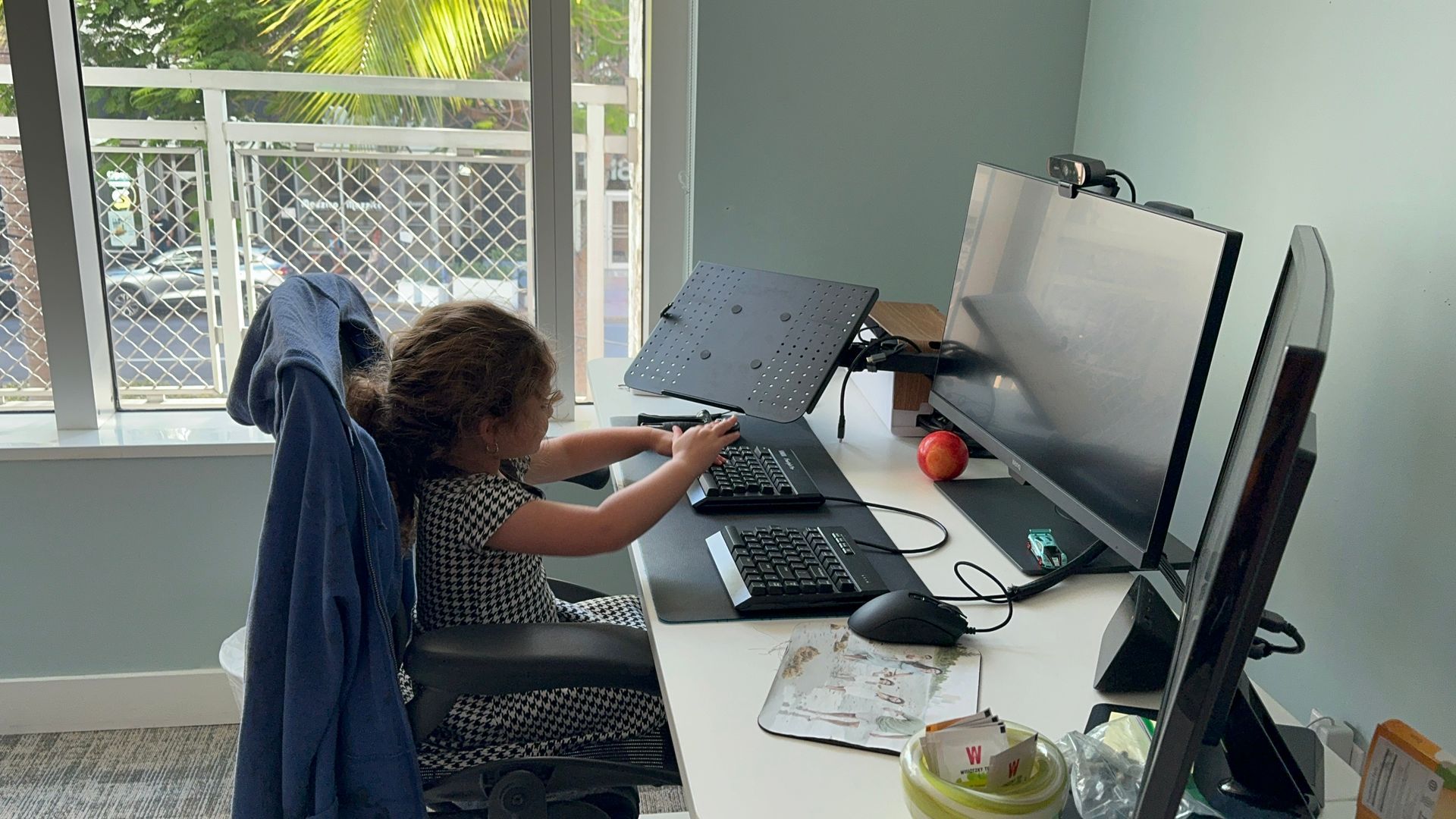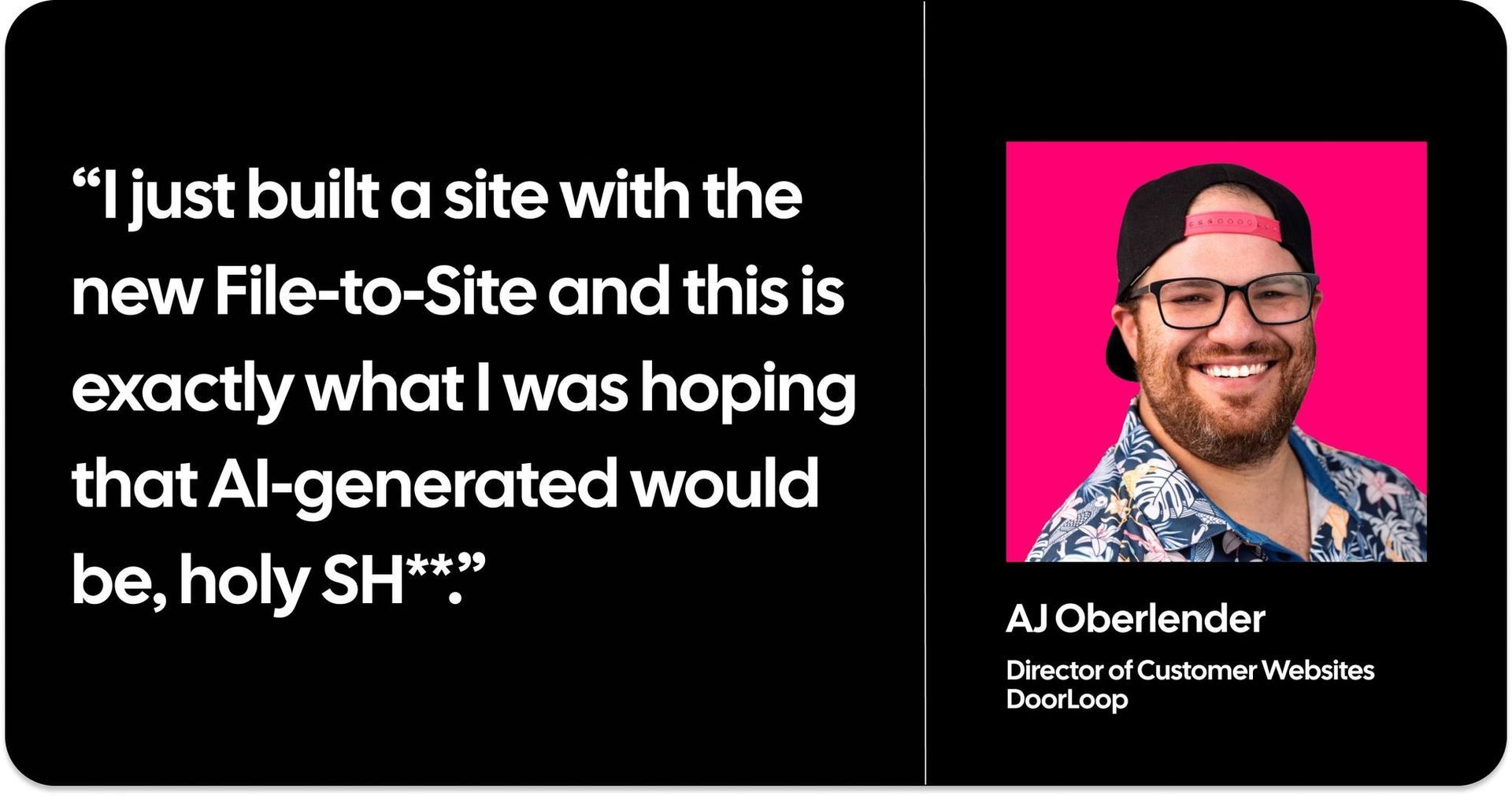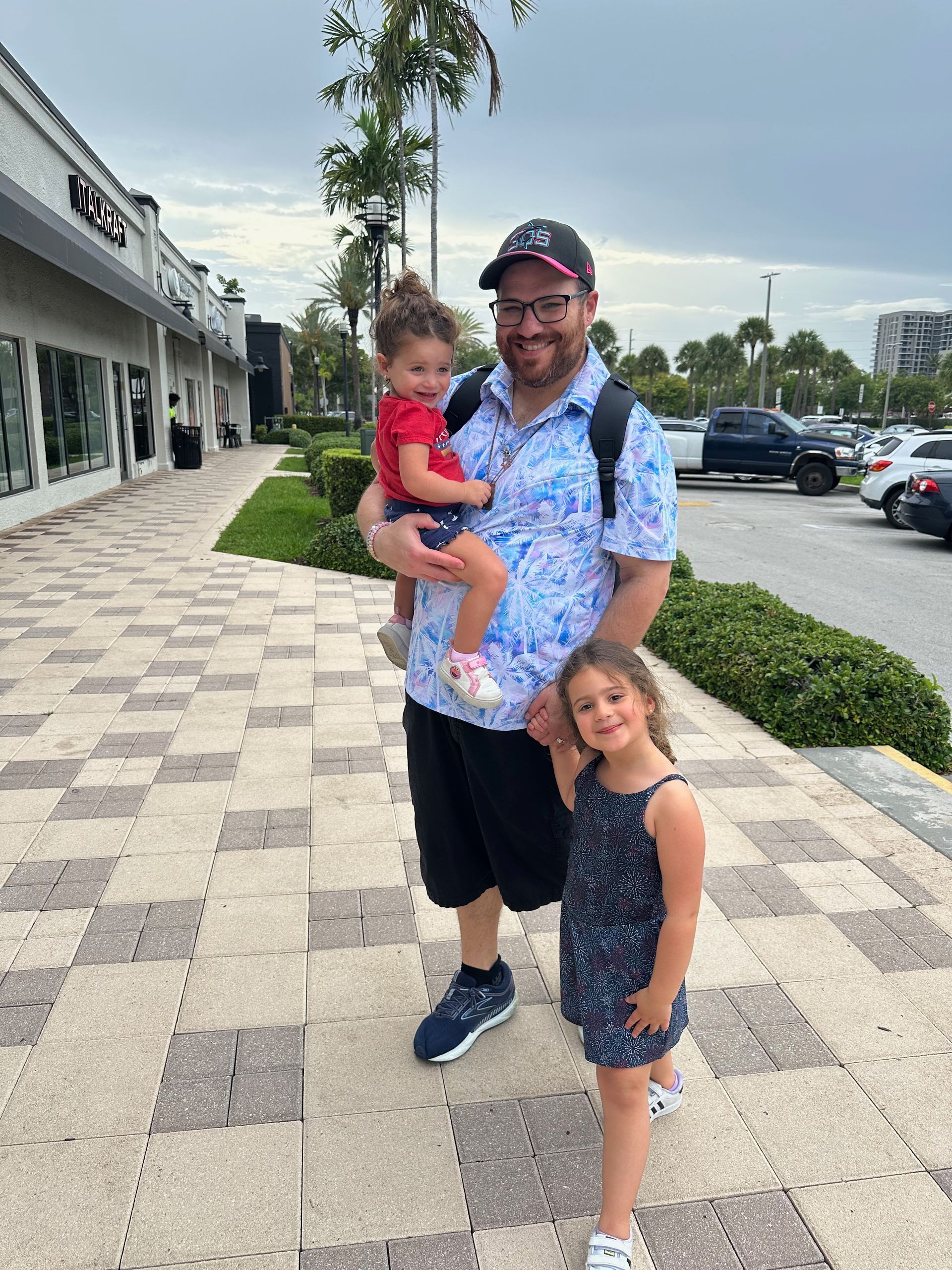
People Think They're Buying a Website—They're Really Buying Emotional Security
This is the second post in my four-part series about building DoorLoop's website division from the ground up. If you missed the first one about how I went from "it won't work" to 1,000+ websites , you might want to start there. Now, let's talk about what actually happens behind the scenes once you've built the system...
You know that friend who calls you at 11 PM because they can't figure out why their Netflix isn't working? The one who's convinced their laptop is "broken" when really they just need to restart it?
Yeah, well... that's basically 75% of my job as Director of Customer Websites at DoorLoop.
Don't get me wrong, I absolutely love what I do. But here's the thing nobody tells you about website personalization: only about 25% of my time is actually spent in our Duda platform customizing sites. The other 75%? I'm part therapist, part teacher, part fortune teller, and part emotional support human for people who are absolutely terrified of making the wrong digital decision.
And honestly? I get it. This stuff can feel overwhelming when you're trying to run a business and suddenly someone's asking you to make decisions about fonts and color schemes like your entire future depends on it.
The Real Product Isn't Templates; It's Confidence
Early on in building this division, I had a client, let's call her Sarah, who'd been burned by two previous web developers. Both projects went over budget, missed deadlines, and left her with a site that looked like it was designed in 2003 by someone's cousin who "knew computers."
Sarah came to our first call with a 47-item spreadsheet. Forty-seven. Items.
She wanted to know everything: What happens if she doesn't like the template we choose? What if her competitor copies her design? What if mobile users can't find her contact form? Can we change the fonts? What about custom colors to match her brand? How much extra would that cost?
Here's what Sarah was really asking: "Can I trust you not to screw this up like everyone else did?"
That's when I realized something crucial about this business. People think they're hiring me to personalize a website template. But what they're actually buying is emotional security. They want someone who'll hold their hand through every decision, explain why Comic Sans isn't included in our font options (yes, that was a real question), and convince them that their investment will actually help their business grow.
The Emotional Labor Nobody Talks About
Our process looks pretty straightforward on paper: we start with a proven template, swap in their content and images, and handle the technical setup through Duda. Want custom colors to match your brand? That's an additional fee. Extra pages, custom elements, or major design changes? Those come with extra fees too, it's all clearly laid out in our pricing structure.
But here's what's not on that pricing sheet: the hour I spend helping someone understand why Template A works better for property management companies than Template B, or the follow-up call where I walk them through how their headshots will look in different layouts.
Most days, I spend more time in Zoom calls than I do in Duda. I'm constantly managing expectations, walking clients through decision trees, and, let's be real, talking people down from design panic attacks.
"What if we pick the wrong template and it doesn't convert?" (Translation: "I'm terrified this investment won't pay off.")
"Can we make the logo bigger? Actually, smaller. Wait, what about the other template?" (Translation: "I have no idea what I want but I'll know it when I see it.")
"My friend's website has this cool slider thing, can we add that?" (Translation: "I want all the bells and whistles but don't understand the cost implications.")
Every single interaction requires reading between the lines. You've got to figure out what they actually need versus what they think they need, and somehow guide them to smart decisions without making them feel foolish or micromanaged.
It's like being a translator between human psychology and digital execution, which, if I'm being honest, wasn't exactly what I thought I'd be doing when I took this role.
Teaching Decision-Making Through Templates
Here's the beautiful thing about working with templates: instead of asking someone to envision their perfect website from scratch (which is absolutely paralyzing), I can show them three different directions with real examples:
Template A:
Clean and professional (for the "we're established experts" crowd)
Template B:
Bold and modern (for the "we're innovative disruptors" types)
Template C:
Warm and community-focused (for the "we're your neighborhood choice" folks)
Suddenly, decision-making becomes manageable. They're not creating from nothing; they're choosing from professionally designed options that I know work. The cognitive load drops, the anxiety decreases, and we can actually move forward.
But even then, I'm spending time explaining why certain templates work better for their industry, why we structure the content flow that way, why these design combinations will resonate with their audience. It's not enough to deliver a great personalized site, you have to help clients understand and feel confident about their choices.
Think about it: when was the last time you made a big purchase without wanting to know the reasoning behind the recommendation?
The Sweet Spot: When to Break the Rules
Now here's where this job gets really fun. Our pricing structure is crystal clear: template personalization includes basic customization, but color matching, additional elements, and extra pages cost extra. That's how we keep projects profitable and timelines reasonable, lessons learned from scaling to over 1,000 websites.
But I've learned to use our conversations to figure out when to surprise and delight. When Sarah mentions she's been struggling to explain her services clearly, and I realize adding one extra content section would solve that problem, sometimes I just... do it. No charge.
"You know what, Sarah? I think an FAQ section would really help your visitors understand your process. Let me add that in, I can tell it'll make a huge difference for your business."
These aren't random acts of kindness; they're strategic moments where a small gesture creates massive value. I listen for those opportunities where breaking our usual rules will genuinely transform their results. The smile in someone's voice when they realize you've gone above and beyond? That's the stuff that makes this job incredible.
Plus, let's be honest, it's fun to be the hero sometimes.
The Hidden Psychology of Web Design
What I've really become is a translator between human psychology and digital execution through templates. My clients come to me with business goals, but what they're really wrestling with is identity, trust, and fear.
They're afraid their competitors look more professional. They're worried potential customers won't take them seriously. They're convinced that if they don't have the perfect website, they'll somehow fail at business.
The technical stuff, the responsive design, the loading speed optimization, the SEO fundamentals , that's just table stakes. Duda handles most of that beautifully in the background. The real skill is helping someone see which template truly represents their brand, build confidence in their message, and create a digital presence that actually converts visitors into customers.
Sometimes that means gently steering them toward a simpler template when they're attracted to something overly complex. Sometimes it means explaining why their "quick addition" would actually require custom development (and the associated costs). And sometimes it means being the voice of reason when they want to cram every possible feature onto their homepage.
You ever try to help someone choose a restaurant when they say they're "open to anything" but then shoot down every suggestion? Yeah, it's a lot like that.
Why I Actually Love the 75%
Look, I could complain about spending most of my time in conversations instead of in Duda, but honestly? This is my favorite part of the job. Anyone can learn to customize templates. Not everyone can guide anxious business owners through complex decisions while building genuine relationships.
When someone calls me six months later to tell me their website is generating leads they never expected, or when they refer their friend because "AJ really gets it," that's not because I'm a Duda wizard. It's because I took the time to understand what they actually needed and helped them feel confident about their choices.
The personalized website is just the final product. The real transformation happens in all those conversations along the way.
Every call is like a puzzle: How do I help this person articulate their value? Which template will serve their goals best? Where can I surprise them with something extra that'll make their day? I genuinely look forward to these conversations because each one teaches me something new about business, about people, about what actually matters in digital marketing.
There's something deeply satisfying about taking someone from "I have no idea what I'm doing" to "I'm actually excited about this website." It's like watching someone learn to ride a bike, except the bike is their entire digital presence and the stakes feel way higher.
What This Actually Means for You
If you're thinking about a website project, whether it's time for a refresh or you're building your first professional site, here's what I wish more people knew:
Budget for the relationship, not just the deliverables. Good website personalization isn't just about picking templates and swapping images; it's about partnership, communication, and building something that actually serves your business goals.
Find someone who asks as many questions about your customers and your vision as they do about your content and images. The best website consultants aren't just order-takers, they're guides who can bridge the gap between what you think you need and what actually works.
And if you're working with someone who seems to be spending a lot of time talking through decisions with you? That's not inefficiency, that's the most important part of the process. Lean into it.
The conversations, the guidance, the occasional surprise upgrade, that's where the real value lives. Because honestly, the best websites aren't just well-built, they're well-understood.
Website personalization is really about building confidence through proven templates and genuine partnership. If you're ready for both the technical excellence and the personal attention that goes into creating something meaningful, let's talk. And if you're curious about how I built this system from scratch, check out the full story in my intrapreneurial success series.
Speaking of building systems from scratch, next week I'm pulling back the curtain on something that might surprise you: I didn't just inherit a website division, I had to invent one. No templates, no playbook, no team, just me figuring out how to systematize everything from intake forms to revision workflows while still delivering results. If you've ever wondered what it actually takes to build operational systems that scale, that's what we're diving into next.
Because the magic isn't just in the final site, it's in the journey of getting there.









